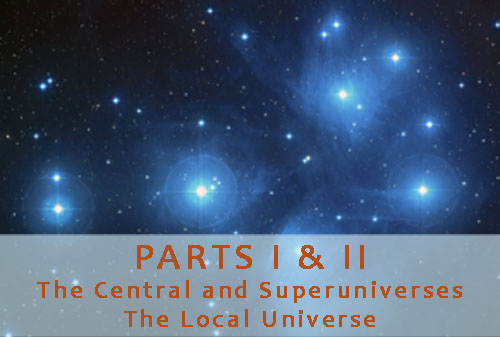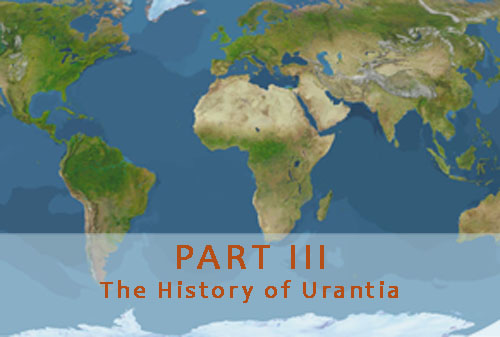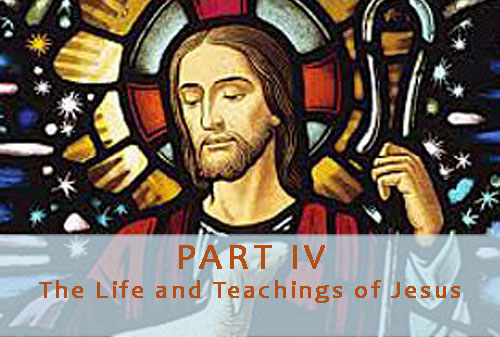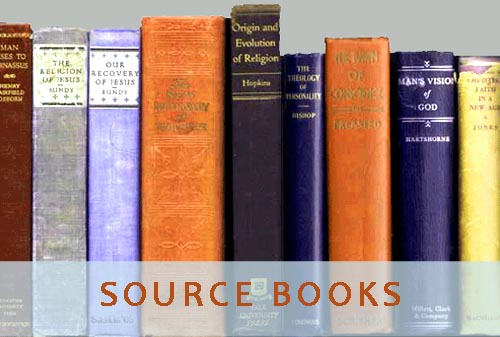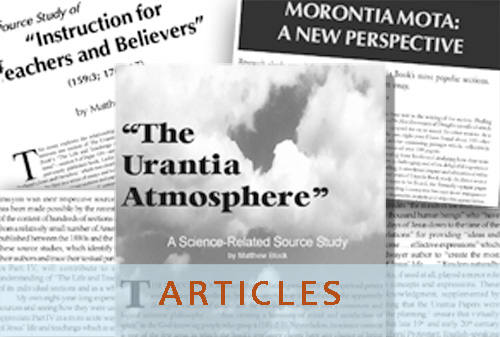UrantiaBookSources.com
This website has been created to share my parallel charts, which identify the sources for particular Urantia papers (or sections) and trace how they were used. These charts, and others to come, will be used in a series of works which analyze how the Urantia Book was written. The charts mark the points of correspondence with the various source texts, but in order to fully appreciate the fascinating relationships between the UB and its sources, it is necessary to read the texts themselves. Many of them are available in their entirety on archive.org or books.google.com. Those that aren’t can be obtained via bookfinder.com.
The Urantia Book source project sprang to life in the spring of 1992, after I came across a few books from the 1920s and early 1930s that contained close and consecutive verbal parallels with various paragraphs in the Urantia Book. One early find, E. Washburn Hopkins’s 1923 book, Origin and Evolution of Religion, was clearly the template for Paper 85; its sequence of chapters closely matched the paper’s sequence of sections.
Having read the Urantia Book’s two nebulous acknowledgments, which refer to the use of "more than one thousand human concepts . . . assembled from the God-knowing mortals of the past and the present" in the writing of Part I (0:12.12), and the use of the thoughts and expressions of "more than two thousand human beings who have lived on earth from the days of Jesus down to the time of the inditing of these revelations" in the writing of Part IV (121:8.13), I was prepared to find sources. But, taking the acknowledgments literally, I never expected any particular source to contain more than a parallel sentence or two. In the years since 1992, however, I kept finding books similar to Origin and Evolution of Religion in the extent of parallelisms with the Urantia Book.
Other unexpected developments include my discovery, in 1993, that William S. Sadler, the "custodian" of the Urantia manuscript, knew more about UB sources than he let on. I saw that the bibliography of his 1936 textbook, Theory and Practice of Psychiatry, listed UB source books I had found independently, including Hopkins’s Origin and Evolution of Religion. I’ve since identified twelve sources in that bibliography as well as mentions of other source books in his other writings.
Also, I have discovered several source texts (seventeen, at last count) that were first published after 1935, despite statements in the Urantia Book that Parts I, II and III were written in 1934 or 1935 (31:10.22, 56:10.23, 119:8.9). This incongruity was resolved for me after reading William S. Sadler’s privately published essay, "History of the Urantia Movement" (1960), in which he acknowledged that new material was added to the Urantia manuscript between 1935 and 1942. The Urantia Diaries of Harold and Martha Sherman are particularly enlightening in their recounting of Forum meetings, between 1942 and 1947, during which Sadler or his son read out revised Urantia papers which incorporated these later sources. The latest source I have found is Emery Reves’s 1945 book, The Anatomy of Peace, used in Paper 134.
At the time of this writing, I have identified about 125 books, which were used in the writing of some 150 Urantia papers. The source texts were all published in English and the source authors were, with few exceptions, Americans or Britons born in the 19th or 20th centuries. The most extensively used source is Sumner and Keller’s four-volume textbook, The Science of Society (1927), a predominant source for several papers in Part III. Henry Fairfield Osborn bears the distinction of being the only source author to have three books used as sources. Edwin Lewis’s 1931 book, God and Ourselves, is unique in that it was used in three Parts of the Urantia Book, in papers whose stated authors are a Divine Counselor, a Melchizedek and a midwayer. [Correction (Nov. 9, 2017): William Ernest Hocking’s 1912 book The Meaning of God in Human Experience shares this distinction.] Interestingly, though these stated authors are radically different from one another in background, they culled and paraphrased passages from the Lewis book in peculiarly similar ways. In fact, the techniques of source use throughout the Urantia Book are remarkably similar regardless of stated author, as the parallel charts show.
The finding and charting of sources is an open-ended project, and I welcome tips on possible sources and feedback on the parallel charts.
Matthew Block
March 10, 2016

